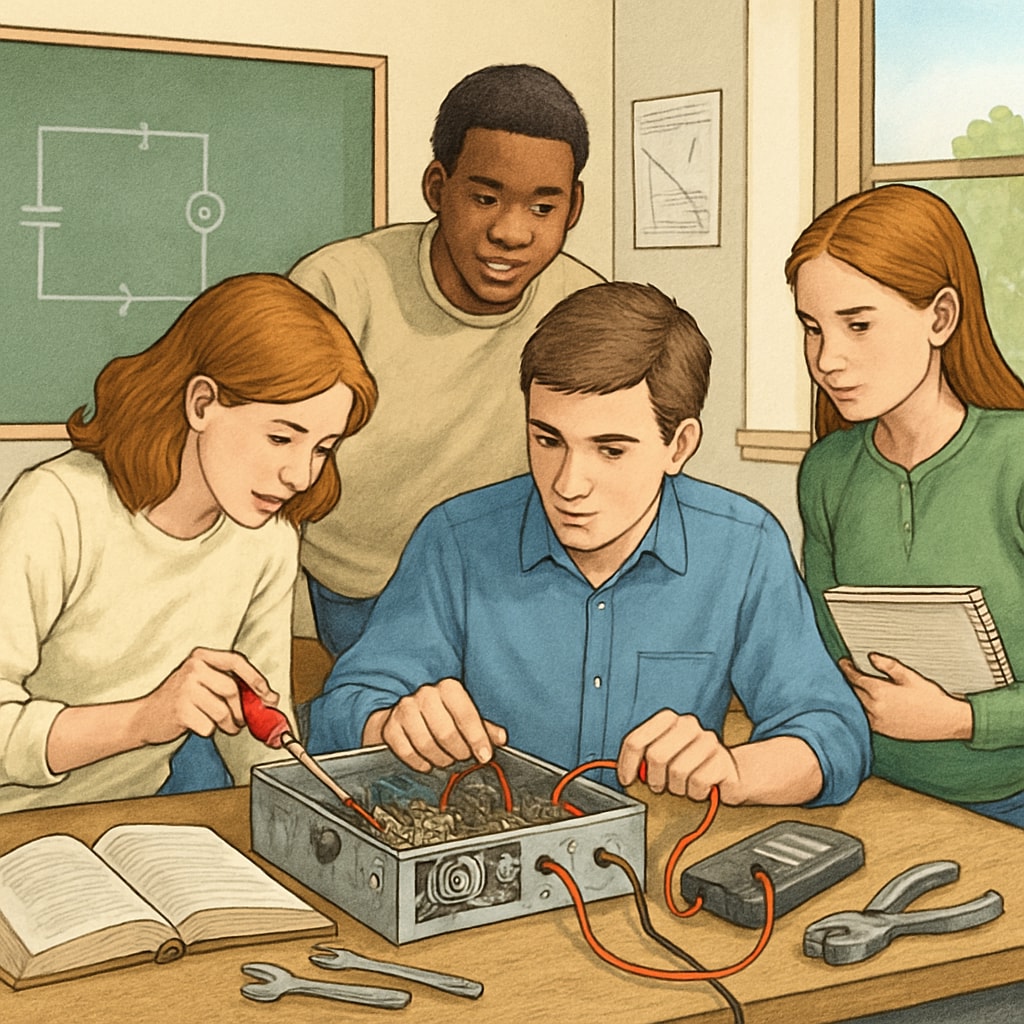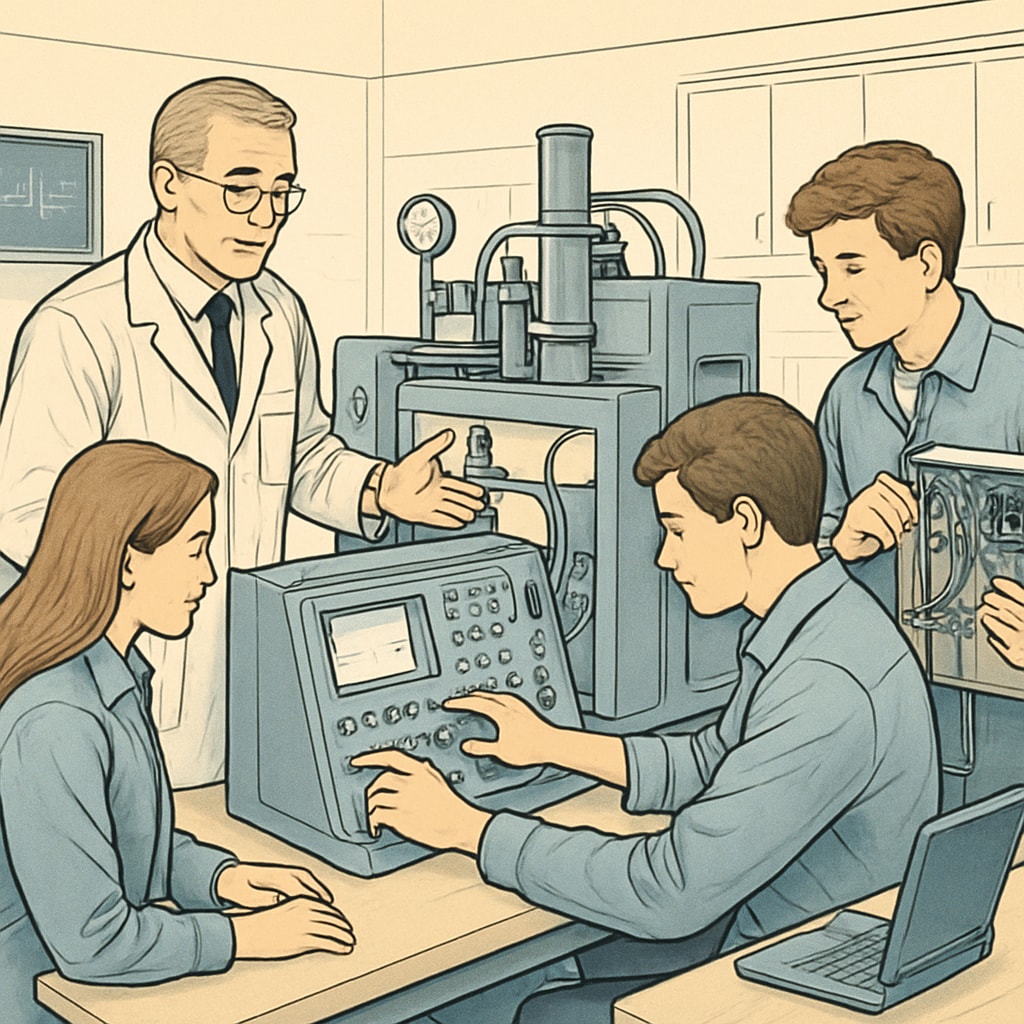Career and Technical Education (CTE) is gaining traction across school districts as an innovative way to enhance traditional academic subjects. By combining hands-on vocational training with core subjects like math, science, and language arts, CTE is transforming the landscape of K12 education. This integration not only improves student engagement but also equips learners with practical skills for future careers. In this article, we delve into the organizational strategies for implementing CTE in schools and the positive impact it has on learning outcomes.

Redefining Traditional Subjects Through Career and Technical Education
CTE programs offer a unique approach to traditional academic subjects by linking them to real-world applications. For example, a student studying geometry in a CTE program might apply their knowledge by designing structures in an engineering course. This contextual learning makes academic subjects more relevant and engaging. Furthermore, research shows that students involved in CTE programs often outperform their peers in standardized tests due to the practical application of theoretical concepts (Career and Technical Education on Britannica). This cross-disciplinary approach fosters both academic success and career readiness.
Organizational Approaches to Implementing CTE in School Districts
School districts adopt diverse models to integrate CTE into their curricula. Common approaches include:
- Dedicated CTE Academies: These institutions focus entirely on vocational education while maintaining core subject requirements.
- CTE Tracks within Traditional Schools: Students can choose specialized tracks alongside standard academic courses.
- Partnerships with Local Industries: Schools collaborate with businesses to offer internships and hands-on training.
- Dual Enrollment Programs: Students earn college credits while completing high school requirements in technical fields.
Each of these models aims to tailor education to student interests and local workforce needs. For example, a district in a manufacturing-heavy region might focus its CTE programs on industrial engineering and robotics.

Positive Impacts of CTE on Learning Outcomes
The benefits of CTE extend beyond academic performance. Students gain invaluable soft skills, such as teamwork, problem-solving, and communication, which are essential in any career. Additionally, CTE programs often improve graduation rates. According to recent studies, students enrolled in CTE courses are less likely to drop out (Career and Technical Education on Wikipedia). This is largely because CTE provides a clear pathway to employment, making education feel purposeful and relevant.
Moreover, exposure to career-focused education helps students make informed decisions about their future, whether that involves pursuing higher education or entering the workforce directly. As a result, CTE aligns well with the broader goal of preparing students for life beyond high school.
Challenges and Future Perspectives
Despite its advantages, implementing CTE programs comes with challenges. These include funding constraints, the need for specialized teachers, and ensuring equitable access for all students. However, advancements in technology and increasing partnerships with industries are helping address these issues. In the future, CTE is likely to expand further, with innovations such as virtual reality training and AI-driven learning platforms enhancing its effectiveness.
As school districts continue to embrace CTE, educators must focus on creating inclusive and adaptable programs. By doing so, they can ensure that all students benefit from this transformative approach to education.
Readability guidance: This article uses short paragraphs and lists to summarize key points. It balances practical examples with authoritative references and controls passive voice and long sentence use for clarity. Transition words like “however,” “in addition,” and “as a result” provide smooth readability.


